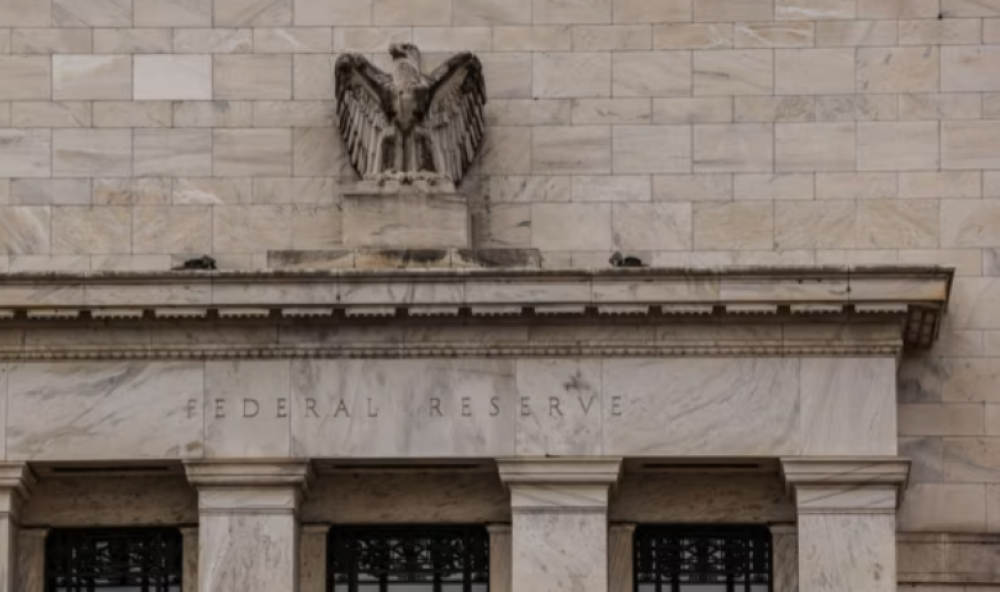Investors scaled back their bets on a cut in interest rates this year after economic data on the labor market, in addition to warnings issued by Federal Reserve officials in the United States, reduced the enthusiasm of the financial markets, the Financial Times said.
According to data from the US Department of Labor last Friday, the growth rate of the labor market in the United States rose unexpectedly in December 2023, as the largest economy in the world added 216,000 jobs during the last month of 2023, despite expectations of a slowdown in November. The unemployment rate stabilized at 3.7 percent, maintaining a historically low level and contradicting expectations of a slight increase.
The Financial Times said that the less optimistic view on rate cuts comes as stronger than expected US jobs data this week weakened the case for the Fed to start cutting rates soon, adding that minutes from the Feds last policy meeting published on Wednesday painted a more hawkish picture than chair Jay Powells comments in the accompanying press conference.
The newspaper quoted the head of macro at Lombard Odier, Florian Ielpo, who said, "the latest jobs report is the one piece of data we were missing to see markets show some moderation," adding that after the Feds latest monetary policy meeting "the rate cut pricing went way ahead of itself, far beyond what the Fed was communicating".
"In the final weeks of 2023, investors ramped up bets that central banks on both sides of the Atlantic would deliver rapid rate cuts this year, fuelling the biggest two-month global bond rally for several years," the newspaper said, noting that this came after encouraging inflation data and an unexpectedly dovish stance from the Fed, which in December published new forecasts that showed its officials pointing to 75 basis points worth of cuts next year.
Head of rates at Royal London Asset Management Craig Inches stated, "labour markets remain tight, pay settlements remain strong, inflationary pressures are rising on Middle East tensions, whilst financial conditions continue to ease." Inches thinks its unlikely the Fed would deliver close to six cuts this year.
The Financial Times mentioned that investors in Europe have followed the US in pushing bond prices lower as they have scaled back pricing for European Central Bank and Bank of England rate cuts this year.
It explained that this view was supported by data showing eurozone inflation rose to 2.9 per cent in December, reversing six months of consecutive falls, while upward revisions to business activity readings this week suggested the economy was stronger than previously thought. That added to questions over how soon the European Central Bank will start cutting rates, the Financial Times noted.
Chief European economist at T Rowe Price Tomasz Wieladek said that, "given the latest PMI and inflation data, I think that the ECB will cut at their June meeting at the earliest."
Markets are betting that the European Central Bank will deliver 1.46 percentage points of rate cuts this year, down from 1.64 at the start of the week, with the probability of the first cut in March falling to around a half.
Investors have also had a rethink about the path forward for the Bank of England, pricing that UK interest rates will fall to 4 per cent by the end of the year, down from a bet of 3.5 per cent at the end of last year. (QNA)

